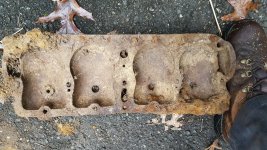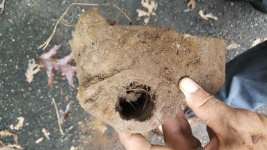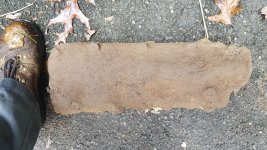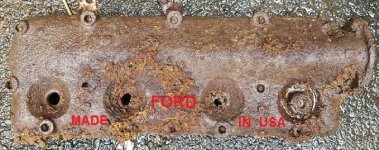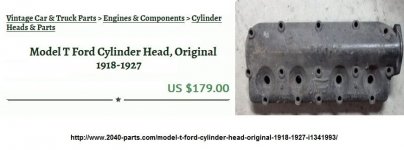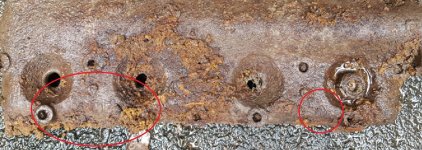HI-McDunnogh
Full Member
I dug this massive cast iron something-another about 8-10" deep near a 19th Century home site that I routinely find 1840's-early 1900s iron. This looks more modern, but it was down deep and under roots, so I don't know.
Looks like it might be a die/cast of some sort or something machined? My size 12 is in there for reference.
Any help is appreciated!
Looks like it might be a die/cast of some sort or something machined? My size 12 is in there for reference.
Any help is appreciated!


